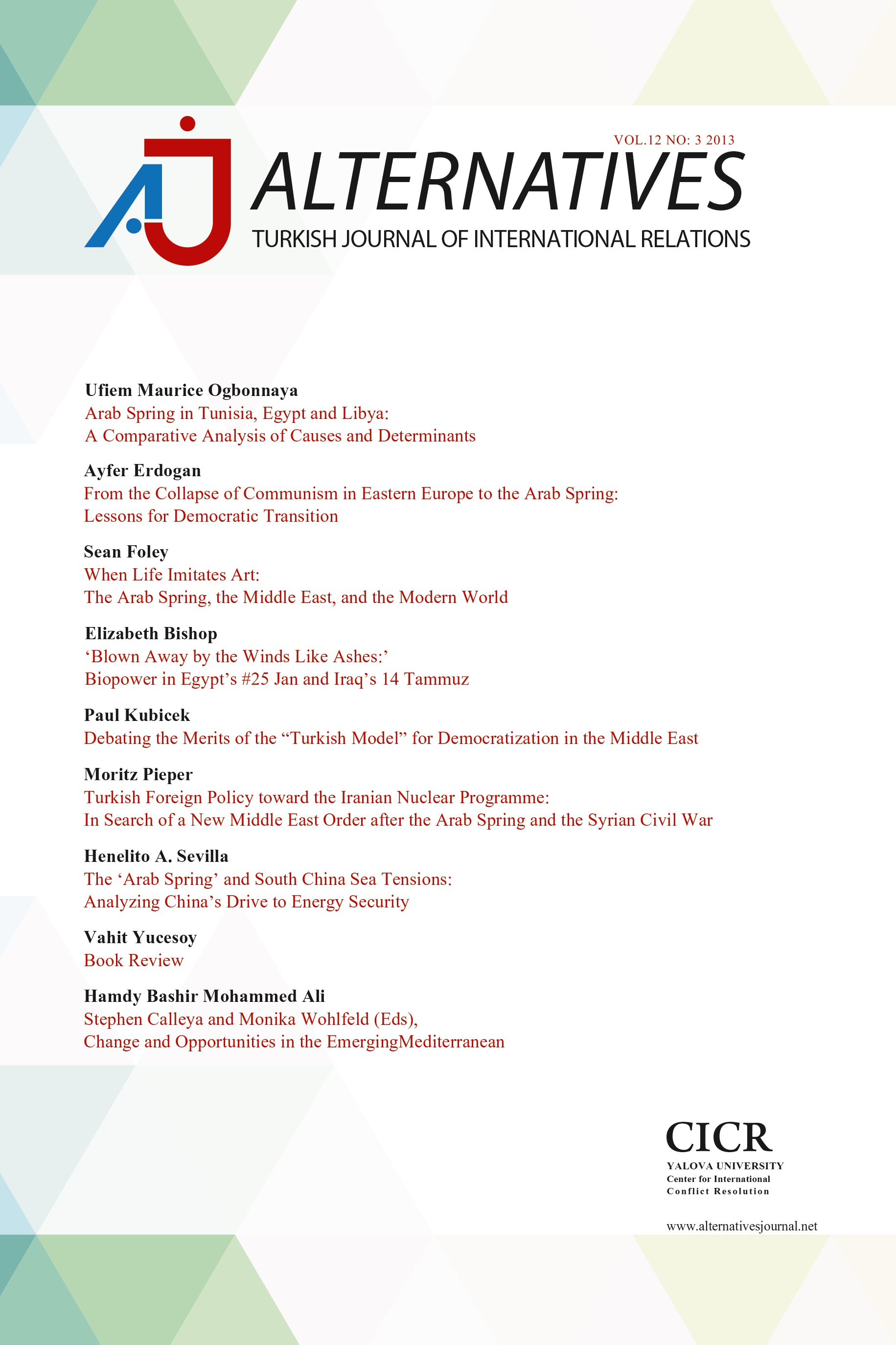Kazakh Multi Vector Foreign Policy in Action
The post-Cold War has ushered in many changes. One of which is the re-emergence of regions that were once considered at the periphery of international relations. A good example of this is central Asia. Throughout the Cold War central Asia was an area much maligned in terms of research within the academic field. The re-emergence of the Turkic Republics in this particular geographic region has attracted the attention of policymakers in the western world. The primary country that has gained the greatest importance has been Kazakhstan. Kazakhstan has faced a difficult dilemma: maintaining good relations with two extremely powerful neighbours, namely, the Russian Federation and China. This article aims to shed light on the Multi-vector foreign policy identified by Kazakhstan to not only maintain its stability and existence within a volatile region, but to emerge as the most powerful country in central Asia. The various challenges and opportunities that have been presented to Kazakhstan are analysed and explanations provided for the actions that have been taken in the post-Cold War era. Ultimately this article presents a codification of the concept of a multi-vector foreign policy in action over the past two decades
Keywords:
Kazakhstan, foreign policy, central Asia energy, Nazarbayev,
- ISSN: 2146-0809
- Yayın Aralığı: Aylık
- Yayıncı: Yalova Üniversitesi
